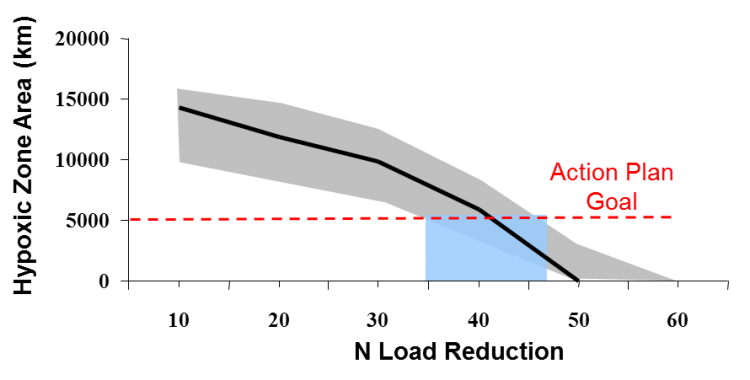Representing NOAA at the Ninth National Monitoring Conference, NCCOS’s Dr. Alan Lewitus spoke at a session focused on nutrient monitoring and modeling to restore and protect coastal water quality. His presentation described how scenario-based ecosystem forecast models can generate nutrient reduction targets to achieve hypoxia mitigation goals.

NCCOS administers national competitive programs that assess the causes and impacts of coastal hypoxia (low dissolved oxygen) and develop models to inform coastal managers of the effectiveness of hypoxia prevention and mitigation strategies. Scenario-based ecosystem forecast models can be used to establish prevention and mitigation goals and to validate corrections in prevention and mitigation actions.
NOAA supports a large subset of these models through two national hypoxia programs authorized by the Harmful Algal Bloom and Hypoxia Research and Control Act: the Coastal Hypoxia Research Program (CHRP) and the Northern Gulf of Mexico Ecosystems and Hypoxia Assessment Program (NGOMEX).
For more information, contact Alan.Lewitus@noaa.gov.
